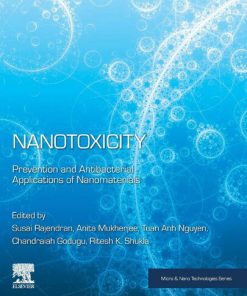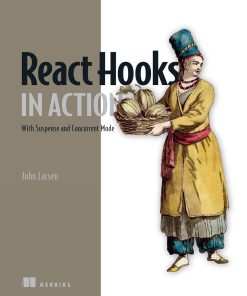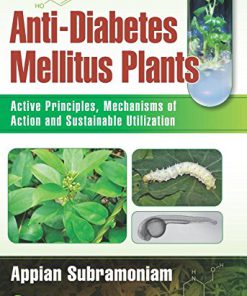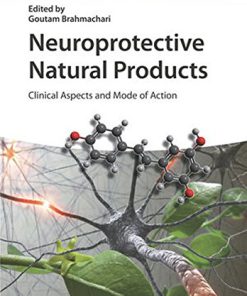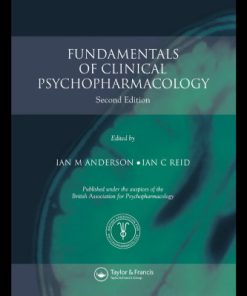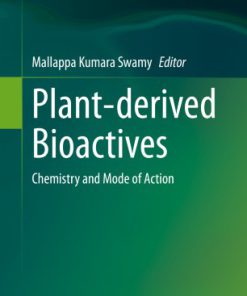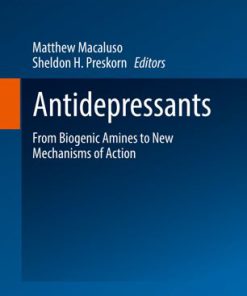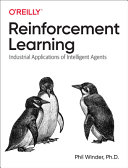Antibacterial Agents Chemistry Mode of Action Mechanisms of Resistance and Clinical Applications 1st Edition by Rosaleen Anderson, Paul Groundwater, Adam Todd, Alan Worsley ISBN 0470972459 9780470972458
$50.00 Original price was: $50.00.$25.00Current price is: $25.00.
Antibacterial Agents Chemistry Mode of Action Mechanisms of Resistance and Clinical Applications 1st Edition by Rosaleen Anderson, Paul W. Groundwater, Adam Todd, Alan Worsley – Ebook PDF Instant Download/Delivery: 0470972459, 978-0470972458
Full download Antibacterial Agents Chemistry Mode of Action Mechanisms of Resistance and Clinical Applications 1st Edition after payment
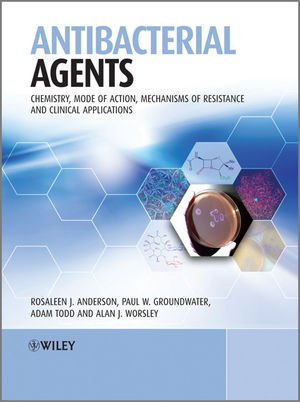
Product details:
ISBN 10: 0470972459
ISBN 13: 978-0470972458
Author: Rosaleen Anderson, Paul W. Groundwater, Adam Todd, Alan Worsley
Antibacterial agents act against bacterial infection either by killing the bacterium or by arresting its growth. They do this by targeting bacterial DNA and its associated processes, attacking bacterial metabolic processes including protein synthesis, or interfering with bacterial cell wall synthesis and function.
Antibacterial Agents is an essential guide to this important class of chemotherapeutic drugs. Compounds are organised according to their target, which helps the reader understand the mechanism of action of these drugs and how resistance can arise. The book uses an integrated “lab-to-clinic” approach which covers drug discovery, source or synthesis, mode of action, mechanisms of resistance, clinical aspects (including links to current guidelines, significant drug interactions, cautions and contraindications), prodrugs and future improvements.
Agents covered include:
- agents targeting DNA – quinolone, rifamycin, and nitroimidazole antibacterial agents
- agents targeting metabolic processes – sulfonamide antibacterial agents and trimethoprim
- agents targeting protein synthesis – aminoglycoside, macrolide and tetracycline antibiotics, chloramphenicol, and oxazolidinones
- agents targeting cell wall synthesis – β-Lactam and glycopeptide antibiotics, cycloserine, isonaizid, and daptomycin
Antibacterial Agents will find a place on the bookshelves of students of pharmacy, pharmacology, pharmaceutical sciences, drug design/discovery, and medicinal chemistry, and as a bench reference for pharmacists and pharmaceutical researchers in academia and industry.
Antibacterial Agents Chemistry Mode of Action Mechanisms of Resistance and Clinical Applications 1st Table of contents:
SECTION 1: INTRODUCTION TO MICROORGANISMS AND ANTIBACTERIAL CHEMOTHERAPY
1.1 Microorganisms
- Key points
- Classification
- Structure
- Antibacterial targets
- Bacterial detection and identification
- Factors influencing antibacterial activity
- Bacterial resistance
- The ‘post-antibiotic age’
- References
- Questions
SECTION 2: AGENTS TARGETING DNA
2.1 Quinolone antibacterial agents
- Key points
- Discovery
- Synthesis
- Bioavailability
- Mode of action and selectivity
- Bacterial resistance
- Clinical applications
- Adverse drug reactions
- Drug interactions
- Recent developments
- References
2.2 Rifamycin antibacterial agents
- Key points
- Discovery
- Synthesis
- Bioavailability
- Mode of action and selectivity
- Bacterial resistance
- Clinical applications
- Adverse drug reactions
- Drug interactions
- Recent developments
- References
2.3 Nitroimidazole antibacterial agents
- Key points
- Discovery
- Synthesis
- Bioavailability
- Mode of action and selectivity
- Mechanisms of resistance
- Clinical applications
- Adverse drug reactions
- Drug interactions
- Recent developments
- References
- Questions
SECTION 3: AGENTS TARGETING METABOLIC PROCESSES
3.1 Sulfonamide antibacterial agents
- Key points
- Discovery
- Synthesis
- Bioavailability
- Mode of action and selectivity
- Bacterial resistance
- Clinical applications
- Adverse drug reactions
- Drug interactions
- Recent developments
- References
3.2 Trimethoprim
- Key points
- Discovery
- Synthesis
- Bioavailability
- Mode of action and selectivity
- Bacterial resistance
- Clinical applications
- Adverse drug reactions
- Drug interactions
- Recent developments
- References
- Questions
SECTION 4: AGENTS TARGETING PROTEIN SYNTHESIS
4.1 Aminoglycoside antibiotics
- Key points
- Discovery
- Synthesis
- Bioavailability
- Mode of action and selectivity
- Bacterial resistance
- Clinical applications
- Adverse drug reactions
- Drug interactions
- Recent developments
- References
4.2 Macrolide antibiotics
- Key points
- Discovery
- Synthesis
- Bioavailability
- Mode of action and selectivity
- Bacterial resistance
- Clinical applications
- Adverse drug reactions
- Drug interactions
- Recent developments
- References
4.3 Tetracycline antibiotics
- Key points
- Discovery
- Synthesis
- Bioavailability
- Mode of action and selectivity
- Bacterial resistance
- Clinical applications
- Adverse drug reactions
- Drug interactions
- Recent developments
- References
4.4 Chloramphenicol
- Key points
- Discovery
- Synthesis
- Bioavailability
- Mode of action and selectivity
- Bacterial resistance
- Clinical applications
- Adverse drug reactions
- Drug interactions
- Recent developments
- References
4.5 Oxazolidinones
- Key points
- Discovery
- Synthesis
- Bioavailability
- Mode of action and selectivity
- Bacterial resistance
- Clinical applications
- Adverse drug reactions
- Drug interactions
- Recent developments
- References
- Questions
SECTION 5: AGENTS TARGETING CELL-WALL SYNTHESIS
5.1 b-Lactam antibiotics
- Key points
- Discovery
- Synthesis
- Bioavailability
- Mode of action and selectivity
- Bacterial resistance
- Clinical applications
- Adverse drug reactions
- Drug interactions
- Recent developments
- References
5.2 Glycopeptide antibiotics
- Key points
- Discovery
- Synthesis
- Bioavailability
- Mode of action and selectivity
- Bacterial resistance
- Clinical applications
- Adverse drug reactions
- Drug interactions
- Recent developments
- References
5.3 Cycloserine
- Key points
- Discovery
- Synthesis
- Bioavailability
- Mode of action and selectivity
- Bacterial resistance
- Clinical applications
- Adverse drug reactions
- Drug interactions
- Recent developments
- References
5.4 Isoniazid
- Key points
- Discovery
- Synthesis
- Bioavailability
- Mode of action and selectivity
- Bacterial resistance
- Clinical applications
- Adverse drug reactions
- Drug interactions
- Recent developments
- References
5.5 Daptomycin
- Key points
- Discovery
- Synthesis
- Bioavailability
- Mode of action and selectivity
- Bacterial resistance
- Clinical applications
- Adverse drug reactions
- Drug interactions
- Recent developments
- References
People also search for Antibacterial Agents Chemistry Mode of Action Mechanisms of Resistance and Clinical Applications 1st:
antibacterial agents definition
how do antibacterial agents work
antiseptic agents examples
which agent is used to disinfect skin
microbial agents examples
Tags:
Rosaleen Anderson,Paul Groundwater,Adam Todd,Alan Worsley,Antibacterial,Agents,Chemistry,Action,Mechanisms,Resistance,Clinical,Applications 1st
You may also like…
Computers - Web Development
React Hooks in Action With Suspense and Concurrent Mode 1st Edition John Larsen
Medicine - Neuroscience
Neuroprotective Natural Products Clinical Aspects and Mode of Action 1st Edition Goutam Brahmachari
Relationships & Lifestyle - Health - Diseases & Disorders
Medicine - Pharmacology
Antidepressants From Biogenic Amines to New Mechanisms of Action Matthew Macaluso
Computers
Reinforcement Learning Industrial Applications of Intelligent Agents 1st Edition Phil Winder




